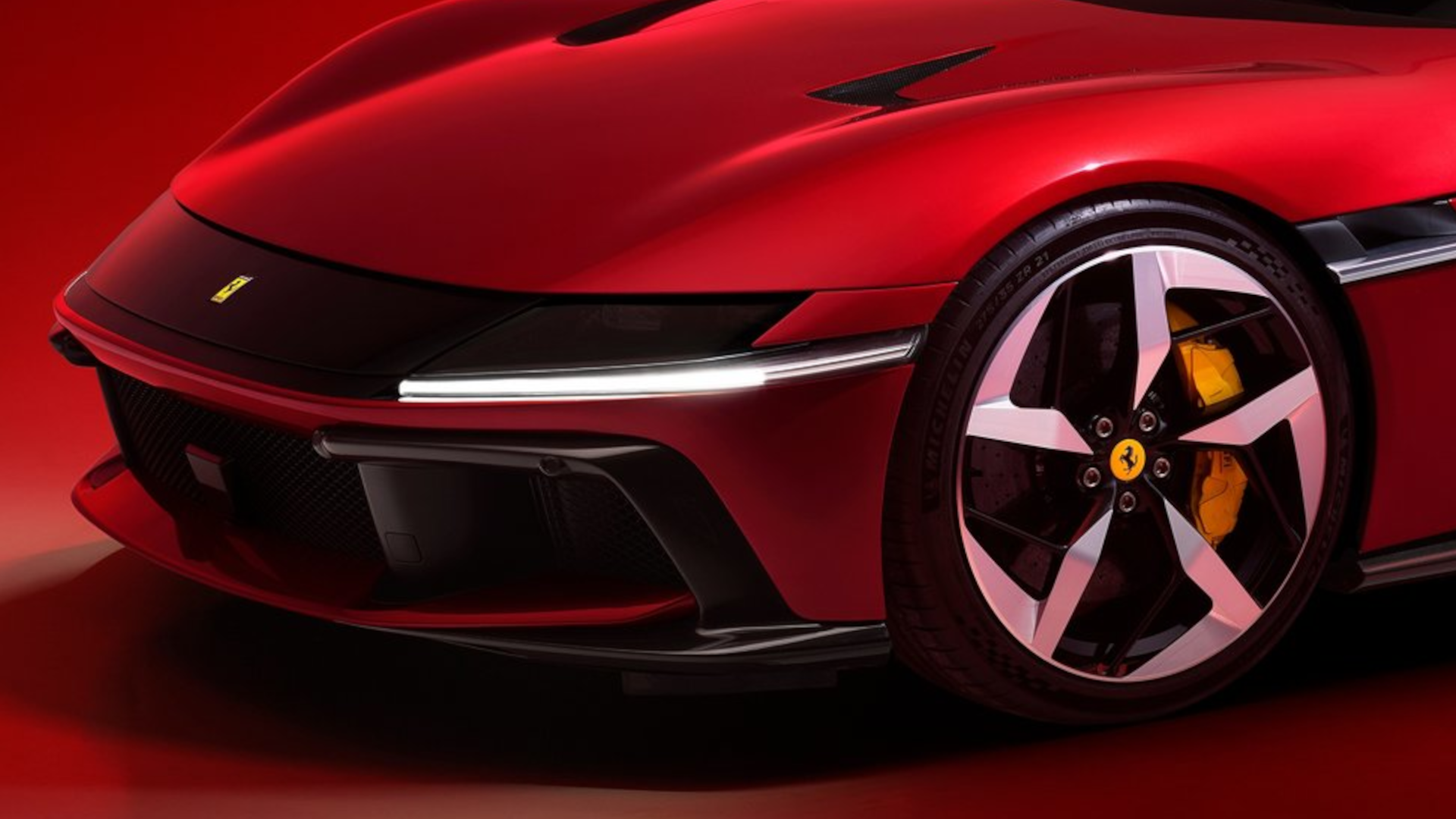The Dawn of V12 Engines: Packard’s Revolutionary Step
In 1915, the Packard Twin-Six introduced a revolutionary V12 engine that set a new standard in luxury automobiles. With 88 horsepower, it tripled the typical cylinder count and power output of its contemporaries. This innovation was driven by the need for larger, more powerful engines to propel the growing luxury car market.
Early Adoption and Industry Impact
The V12 configuration was initially common in military, aircraft, and marine applications. However, in the production car market, most vehicles had fewer than four cylinders. The Ford Model T and Oldsmobile Model 42, for example, used inline-four engines. Packard’s decision to adopt a V12 engine was a strategic move to surpass competitors like Cadillac and Rolls-Royce.

The Packard Twelve was built from two blocks of six cylinders and was initially offered on the 1-25 and 1-35 chassis. Although it may seem primitive by modern standards, the Twelve represented the pinnacle of automotive excellence in 1915. The first production run consisted of 30,941 units, priced between $3,050 and $5,150, which is equivalent to $95,000 to $159,000 in today’s currency.
The Rise of V12 Engines in the Luxury Car Market
Packard’s innovation sparked a horsepower race among luxury car manufacturers. By the 1920s, V12 engines became a preferred choice for high-end vehicles due to their smooth and powerful performance. European luxury cars like the Fiat 520 Superfiat and Daimler Double-Six adopted V12 engines, while American manufacturers like Cadillac and Lincoln followed suit.
Modern V12 Engines: A Symbol of High Performance
Fast forward to 2025, V12 engines have become synonymous with high-performance vehicles. Cars like the Lamborghini Revuelto and Aston Martin Vanquish boast impressive horsepower figures, far exceeding the modest 88 horsepower of the Packard Twin-Six. The modern V12 engine is a far cry from its early 20th-century counterpart, with some models producing over 1,000 horsepower.

The Legacy of Packard and the V12 Engine
Although Packard ceased production in the early 1960s, its influence on the luxury car segment remains significant. The Packard Twelve is now a highly valued collector’s item, with prices at auctions reflecting its rarity and historical importance. A 1916 Packard Twin-Six sold for $106,400, while a 1934 V12 convertible fetched $357,000. These prices demonstrate that certain classic cars can appreciate in value over time, unlike many modern luxury vehicles that depreciate rapidly.
In conclusion, the V12 engine has come a long way since its introduction by Packard in 1915. From its early adoption in luxury cars to its current status as a hallmark of high-performance vehicles, the V12 engine continues to captivate car enthusiasts and collectors alike.



